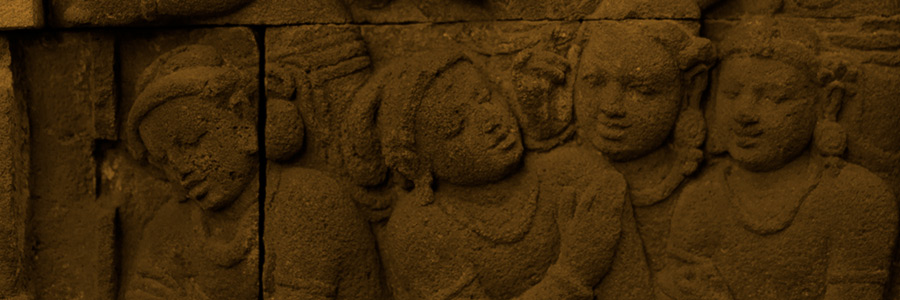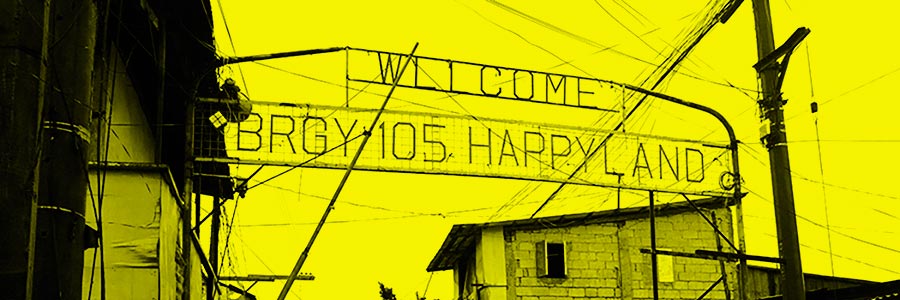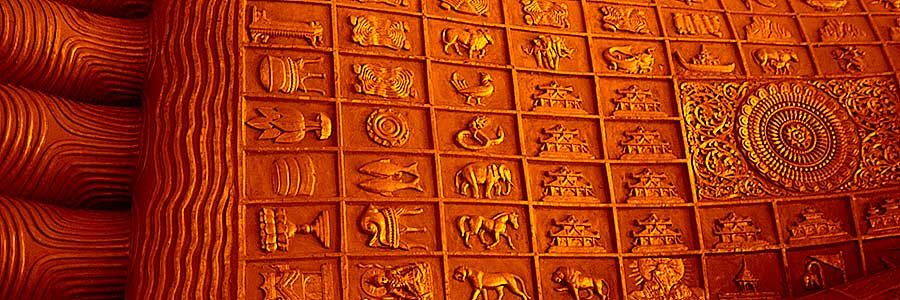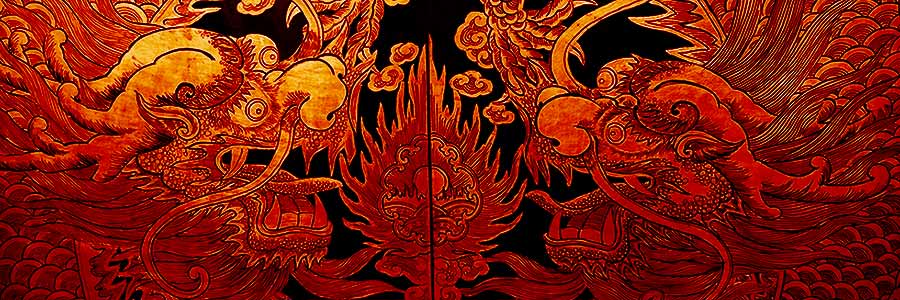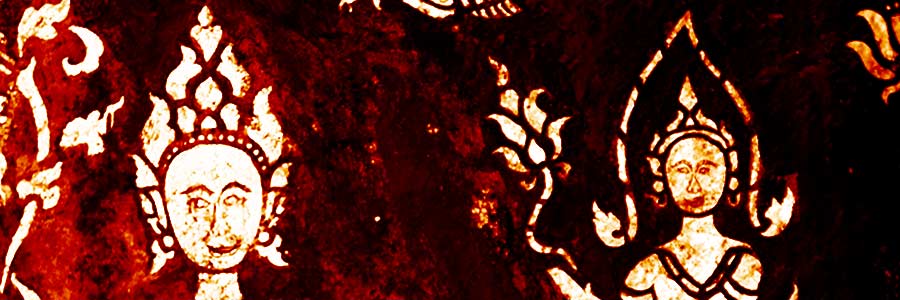Arriving At The Temple
It was at least an hour before sunrise when I arrived at the base of the spectacular temple of Borobudor. I had traveled there from the city of Yogyakarta in the center of the Indonesian island of Java along with a few other tourists. Dozens of other travelers were mingling around a staircase that led up to the top of the temple complex.
All of us had paid several times more than the standard ticket price for the privilege of entering this UNESCO World Heritage site hours before the official opening time. This gave us the opportunity to both watch the sunrise over the monument and skip the throngs that would soon crowd into the site.
Few people spoke as we began to ascend to the top of the temple and those that did murmured in hushed tones. We all seemed to sense the same air of majesty and veneration that places such as Borobudor can inspire in us. The enveloping darkness of night contributed an extra element of mystery to the scene. There was just enough electric lighting along the stairway to guide our way.
It’s interesting to note that Indonesia, the largest Muslim country on the planet, is home to Borobudor, the largest Buddhist temple on Earth.
Read The Full Post